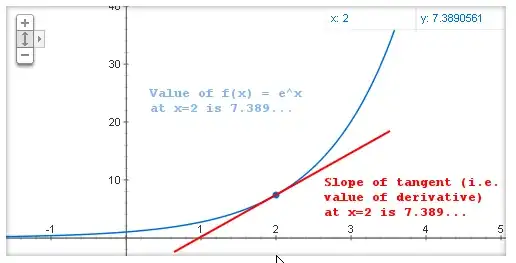Historically, I believe it was because it was much easier to compute.
How do you compute $10^{4.32}$? Maybe you can raise $10^{432}$, but then how do you extract that $100^{th}$ root? Maybe you use Newton's method or something, but this is a long process, and it is not "uniform": making a table of values this way would be horrible.
However, to approximate a table of values for $e^x$ is pretty easy:
$\begin{align*}
e^{0.1} &\approx \left((1+\frac{1}{10})^{10} \right)^{0.1}=1.1\\
e^{0.2} &\approx 1.1^2 = 1.21\\
e^{0.3} &\approx 1.1^3 = 1.331\\
\vdots
\end{align*}$
You can improve the accuracy systematically by using finer approximations, like $e^{0.01} \approx 1.01$. All you have to do to generate the table is multiply (which for these bases amounts to shifting and adding).
Napier used $e^{0.00000001}$ to make his table of logarithms. Handling the error in the terms (which get small fast, but add up over the course of a very long table) was highly nontrivial. Once he has his log tables, it allowed a huge number of computations to be done more easily (including the creation of tools like the slide rule).

